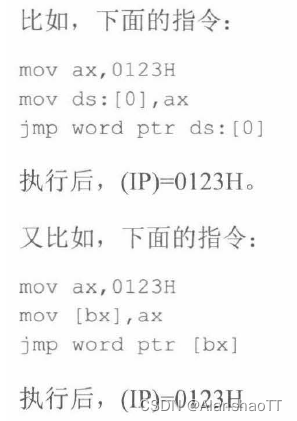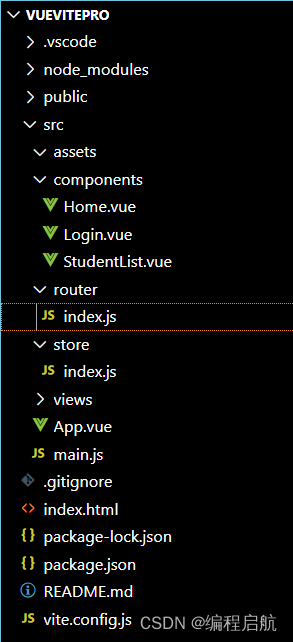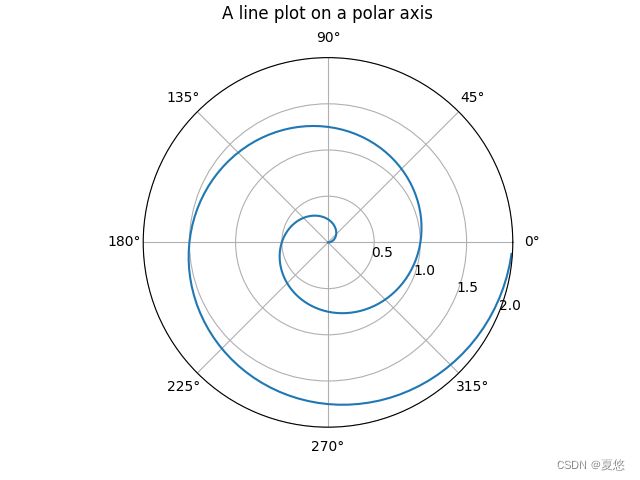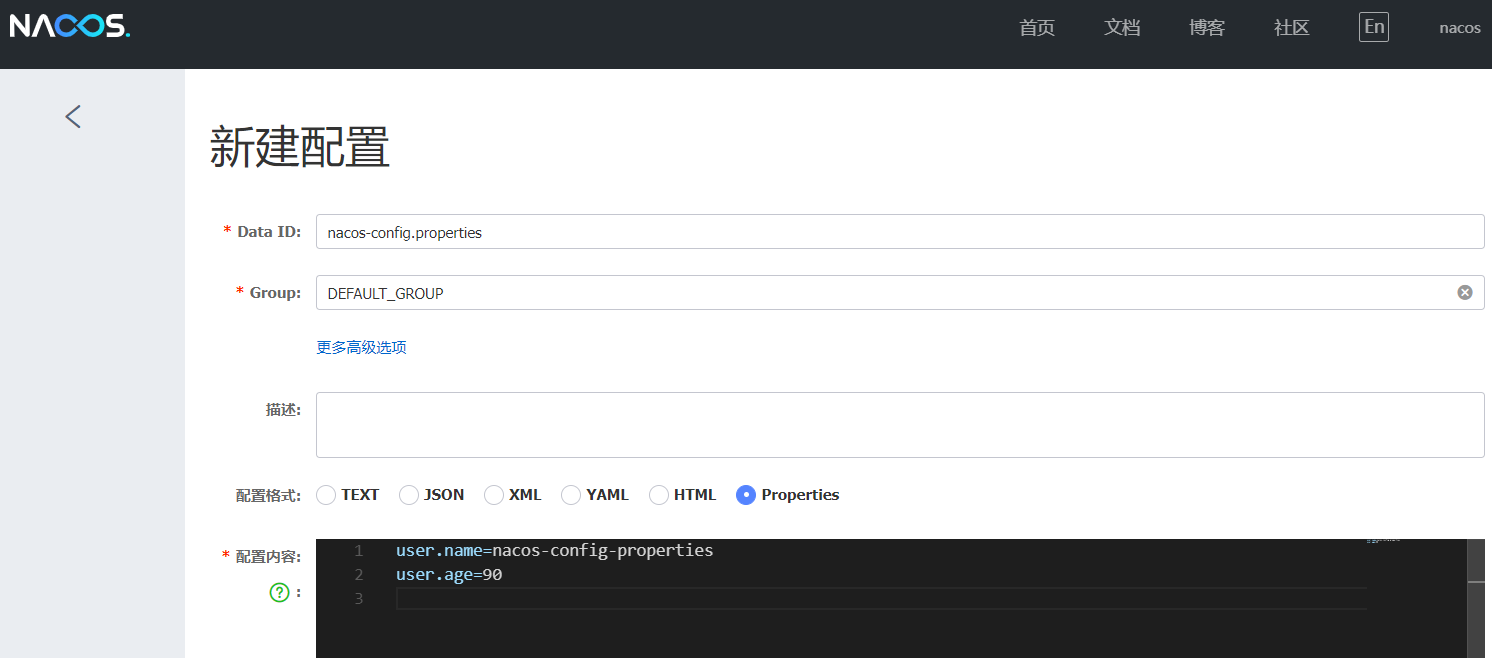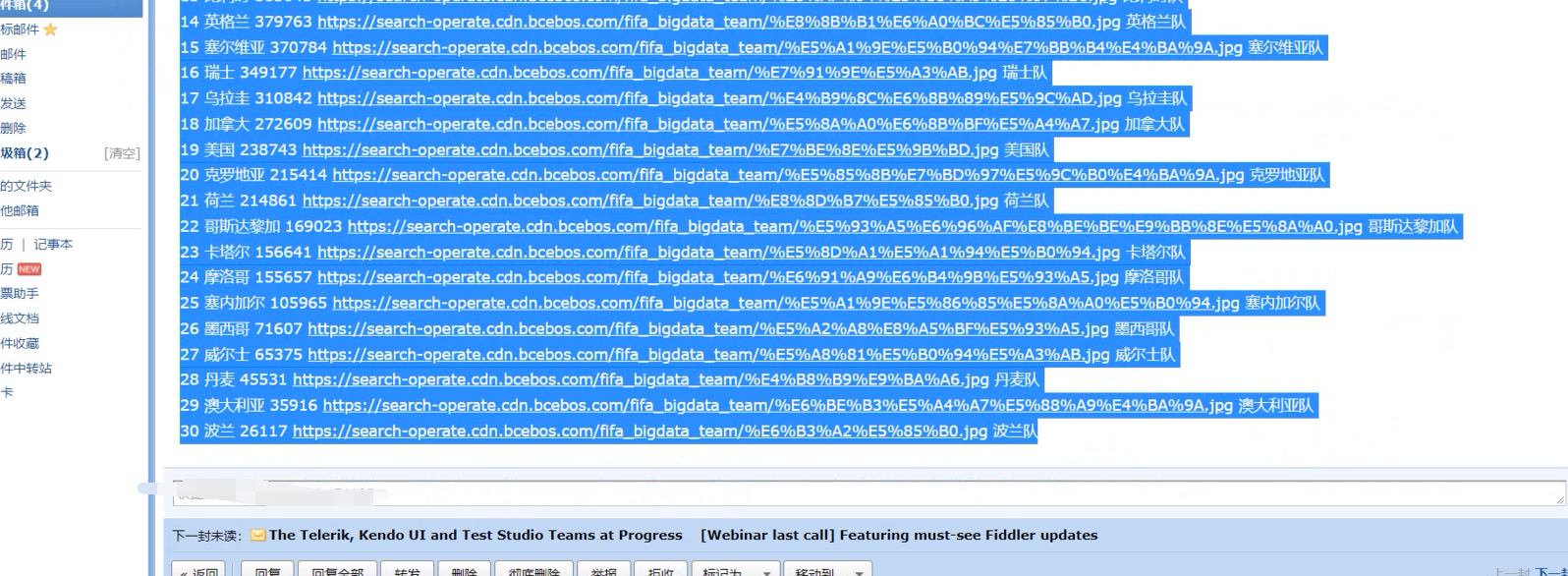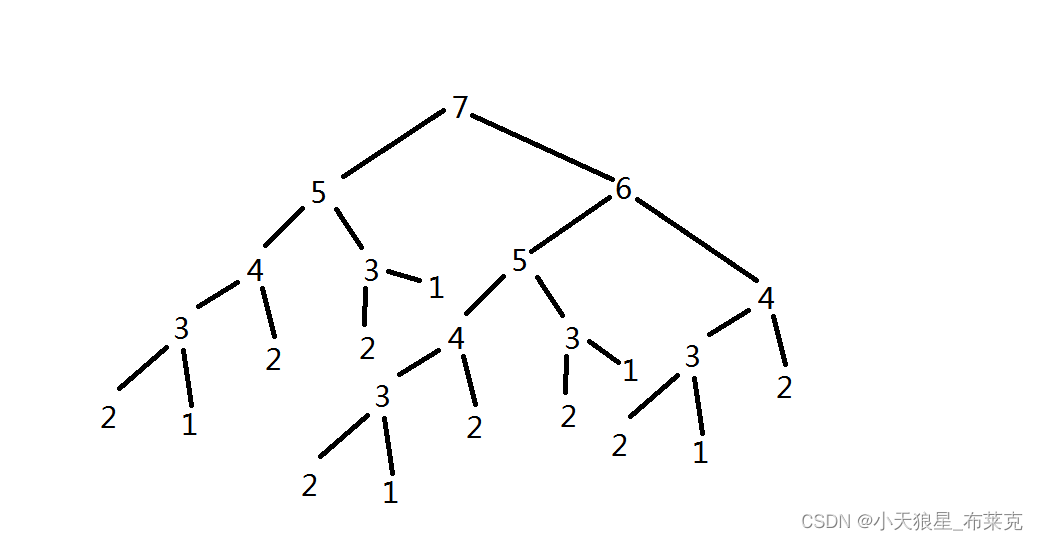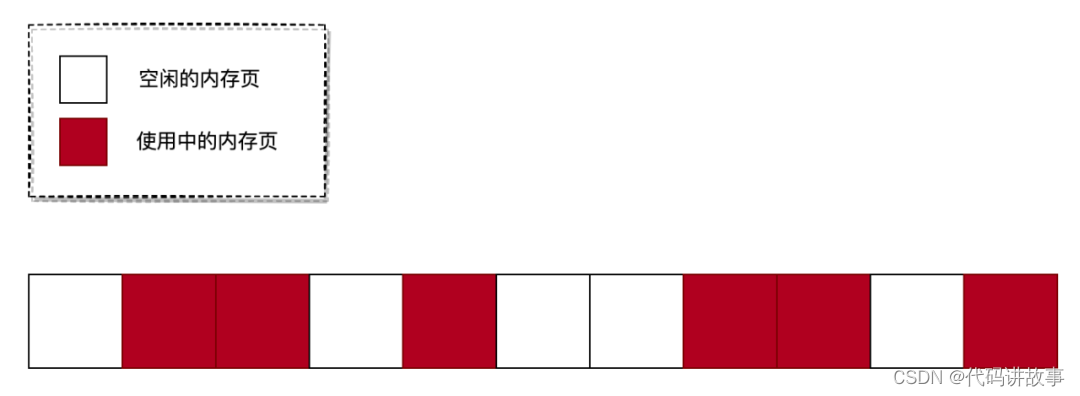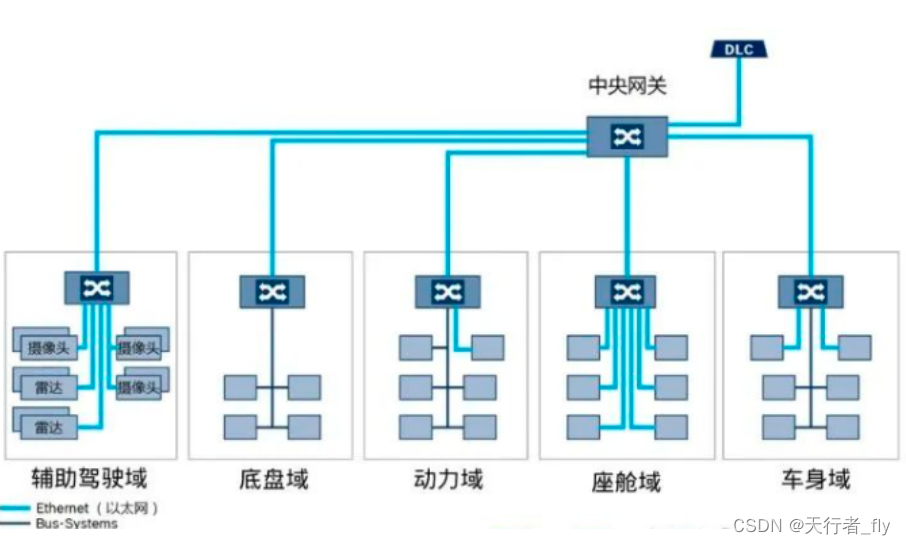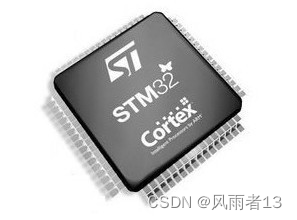
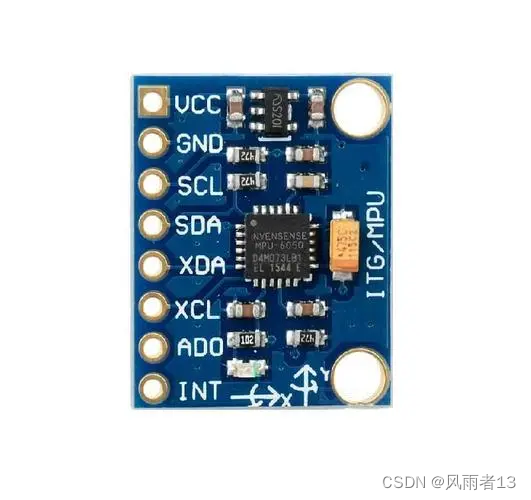
main.c:
/*******************************************************************************
// 陀螺仪 MPU6050 IIC测试程序
// 使用单片机STM32F103C8T6
// 晶振:8.00M
// 编译环境 Keil uVision4
// 在3.3V的供电环境下,就能运行
// 波特率 9600
// stm32f103c8t6,8Mhz
// 与模块连接 GPIOB13->SCL GPIOB14->SDA 模块的AD0接10k电阻到地
// 使用:STM32F103C8T6串口1连接电脑
*******************************************************************************/
#include <stm32f10x_lib.h>
#include "sys_config.h"
#include "mpu6050_delay.h"
#include "inv_mpu_dmp_motion_driver.h"
#include "inv_mpu.h"
#include "math.h"
#include "usart.h"
#include "STM32_I2C.h"
/** @addtogroup STM32F10x_StdPeriph_Examples
* @{
*/
/* Data requested by client. */
/* Starting sampling rate. */
#define DEFAULT_MPU_HZ (100)
/** @addtogroup GPIO_IOToggle
* @{
*/
/* Private typedef -----------------------------------------------------------*/
/* Private define ------------------------------------------------------------*/
/* Private macro -------------------------------------------------------------*/
/* Private variables ---------------------------------------------------------*/
/* Private function prototypes -----------------------------------------------*/
//void Delay(__IO uint32_t nCount);
/* Private functions ---------------------------------------------------------*/
/**
* @brief Main program.
* @param None
* @retval None
*/
struct rx_s {
unsigned char header[3];
unsigned char cmd;
};
struct hal_s {
unsigned char sensors;
unsigned char dmp_on;
unsigned char wait_for_tap;
volatile unsigned char new_gyro;
unsigned short report;
unsigned short dmp_features;
unsigned char motion_int_mode;
struct rx_s rx;
};
static struct hal_s hal = {0};
/* USB RX binary semaphore. Actually, it's just a flag. Not included in struct
* because it's declared extern elsewhere.
*/
volatile unsigned char rx_new;
float Pitch,Roll,Yaw;
/* The sensors can be mounted onto the board in any orientation. The mounting
* matrix seen below tells the MPL how to rotate the raw data from thei
* driver(s).
* TODO: The following matrices refer to the configuration on an internal test
* board at Invensense. If needed, please modify the matrices to match the
* chip-to-body matrix for your particular set up.
*/
static signed char gyro_orientation[9] = {-1, 0, 0,
0,-1, 0,
0, 0, 1};
enum packet_type_e {
PACKET_TYPE_ACCEL,
PACKET_TYPE_GYRO,
PACKET_TYPE_QUAT,
PACKET_TYPE_TAP,
PACKET_TYPE_ANDROID_ORIENT,
PACKET_TYPE_PEDO,
PACKET_TYPE_MISC
};
/* These next two functions converts the orientation matrix (see
* gyro_orientation) to a scalar representation for use by the DMP.
* NOTE: These functions are borrowed from Invensense's MPL.
*/
static unsigned short inv_row_2_scale(const signed char *row)
{
unsigned short b;
if (row[0] > 0)
b = 0;
else if (row[0] < 0)
b = 4;
else if (row[1] > 0)
b = 1;
else if (row[1] < 0)
b = 5;
else if (row[2] > 0)
b = 2;
else if (row[2] < 0)
b = 6;
else
b = 7; // error
return b;
}
static unsigned short inv_orientation_matrix_to_scalar(
const signed char *mtx)
{
unsigned short scalar;
/*
XYZ 010_001_000 Identity Matrix
XZY 001_010_000
YXZ 010_000_001
YZX 000_010_001
ZXY 001_000_010
ZYX 000_001_010
*/
scalar = inv_row_2_scale(mtx);
scalar |= inv_row_2_scale(mtx + 3) << 3;
scalar |= inv_row_2_scale(mtx + 6) << 6;
return scalar;
}
static void run_self_test(void)
{
int result;
// char test_packet[4] = {0};
long gyro[3], accel[3];
result = mpu_run_self_test(gyro, accel);
if (result == 0x7) {
/* Test passed. We can trust the gyro data here, so let's push it down
* to the DMP.
*/
float sens;
unsigned short accel_sens;
mpu_get_gyro_sens(&sens);
gyro[0] = (long)(gyro[0] * sens);
gyro[1] = (long)(gyro[1] * sens);
gyro[2] = (long)(gyro[2] * sens);
dmp_set_gyro_bias(gyro);
mpu_get_accel_sens(&accel_sens);
accel[0] *= accel_sens;
accel[1] *= accel_sens;
accel[2] *= accel_sens;
dmp_set_accel_bias(accel);
PrintChar("setting bias succesfully ......\n");
}
else
{
PrintChar("bias has not been modified ......\n");
}
}
/* Every time new gyro data is available, this function is called in an
* ISR context. In this example, it sets a flag protecting the FIFO read
* function.
*/
#define q30 1073741824.0f
float q0=1.0f,q1=0.0f,q2=0.0f,q3=0.0f;
int main(void)
{
/*!< At this stage the microcontroller clock setting is already configured,
this is done through SystemInit() function which is called from startup
file (startup_stm32f10x_xx.s) before to branch to application main.
To reconfigure the default setting of SystemInit() function, refer to
system_stm32f10x.c file
*/
int result;
unsigned char aa;
/* Configure all unused GPIO port pins in Analog Input mode (floating input
trigger OFF), this will reduce the power consumption and increase the device
immunity against EMI/EMC *************************************************/
RCC_Configuration();
GPIO_Configuration();
USART1_Configuration();
i2cInit();//IIC总线的初始化,尼玛纠结了这么长时间
for(aa=0;aa<50;aa++) //为了使USB转串口有时间建立通信争取时间,不然就会掉信息
delay_ms(100);
result = mpu_init();
if(!result)
{
//mpu_init();
PrintChar("mpu initialization complete......\n ");
//mpu_set_sensor
if(!mpu_set_sensors(INV_XYZ_GYRO | INV_XYZ_ACCEL))
{
PrintChar("mpu_set_sensor complete ......\n");
}
else
{
PrintChar("mpu_set_sensor come across error ......\n");
}
//mpu_configure_fifo
if(!mpu_configure_fifo(INV_XYZ_GYRO | INV_XYZ_ACCEL))
{
PrintChar("mpu_configure_fifo complete ......\n");
}
else
{
PrintChar("mpu_configure_fifo come across error ......\n");
}
//mpu_set_sample_rate
if(!mpu_set_sample_rate(DEFAULT_MPU_HZ))
{
PrintChar("mpu_set_sample_rate complete ......\n");
}
else
{
PrintChar("mpu_set_sample_rate error ......\n");
}
//dmp_load_motion_driver_firmvare
if(!dmp_load_motion_driver_firmware())
{
PrintChar("dmp_load_motion_driver_firmware complete ......\n");
}
else
{
PrintChar("dmp_load_motion_driver_firmware come across error ......\n");
}
//dmp_set_orientation
if(!dmp_set_orientation(inv_orientation_matrix_to_scalar(gyro_orientation)))
{
PrintChar("dmp_set_orientation complete ......\n");
}
else
{
PrintChar("dmp_set_orientation come across error ......\n");
}
//dmp_enable_feature
if(!dmp_enable_feature(DMP_FEATURE_6X_LP_QUAT | DMP_FEATURE_TAP |
DMP_FEATURE_ANDROID_ORIENT | DMP_FEATURE_SEND_RAW_ACCEL | DMP_FEATURE_SEND_CAL_GYRO |
DMP_FEATURE_GYRO_CAL))
{
PrintChar("dmp_enable_feature complete ......\n");
}
else
{
PrintChar("dmp_enable_feature come across error ......\n");
}
//dmp_set_fifo_rate
if(!dmp_set_fifo_rate(DEFAULT_MPU_HZ))
{
PrintChar("dmp_set_fifo_rate complete ......\n");
}
else
{
PrintChar("dmp_set_fifo_rate come across error ......\n");
}
run_self_test();
if(!mpu_set_dmp_state(1))
{
PrintChar("mpu_set_dmp_state complete ......\n");
}
else
{
PrintChar("mpu_set_dmp_state come across error ......\n");
}
}
while(1)
{
unsigned long sensor_timestamp;
short gyro[3], accel[3], sensors;
unsigned char more;
long quat[4];
//float Yaw,Roll,Pitch;
dmp_read_fifo(gyro, accel, quat, &sensor_timestamp, &sensors,
&more);
/* Gyro and accel data are written to the FIFO by the DMP in chip
* frame and hardware units. This behavior is convenient because it
* keeps the gyro and accel outputs of dmp_read_fifo and
* mpu_read_fifo consistent.
*/
/* if (sensors & INV_XYZ_GYRO )
send_packet(PACKET_TYPE_GYRO, gyro);
if (sensors & INV_XYZ_ACCEL)
send_packet(PACKET_TYPE_ACCEL, accel); */
/* Unlike gyro and accel, quaternions are written to the FIFO in
* the body frame, q30. The orientation is set by the scalar passed
* to dmp_set_orientation during initialization.
*/
if (sensors & INV_WXYZ_QUAT )
{
//PrintChar("in Calculating quaternion steps.....\n");
q0=quat[0] / q30;
q1=quat[1] / q30;
q2=quat[2] / q30;
q3=quat[3] / q30;
Pitch = asin(-2 * q1 * q3 + 2 * q0* q2)* 57.3; // pitch
Roll = atan2(2 * q2 * q3 + 2 * q0 * q1, -2 * q1 * q1 - 2 * q2* q2 + 1)* 57.3; // roll
Yaw = atan2(2*(q1*q2 + q0*q3),q0*q0+q1*q1-q2*q2-q3*q3) * 57.3;
PrintChar("Pitch:");
PrintFloat(Pitch);
PrintChar("Roll:");
PrintFloat(Roll);
PrintChar("Yaw:");
PrintFloat(Yaw);
USART_SendData(USART1, 0X0D); //换行
USART_SendData(USART1, 0X0A); //回车
delay_ms(10); //可以去掉
}
if(sensors & INV_XYZ_GYRO)
{}
if(sensors & INV_XYZ_ACCEL)
{}
//PrintChar("NO! ");
//send_packet(PACKET_TYPE_QUAT, quat);
}
}
/*************结束***************/

![[机缘参悟-93]:时间、空间、多维度、动态、全局、系统思考模型汇总](https://img-blog.csdnimg.cn/img_convert/cd93f048ded67ceca8e3c1bb707f9a06.png)

